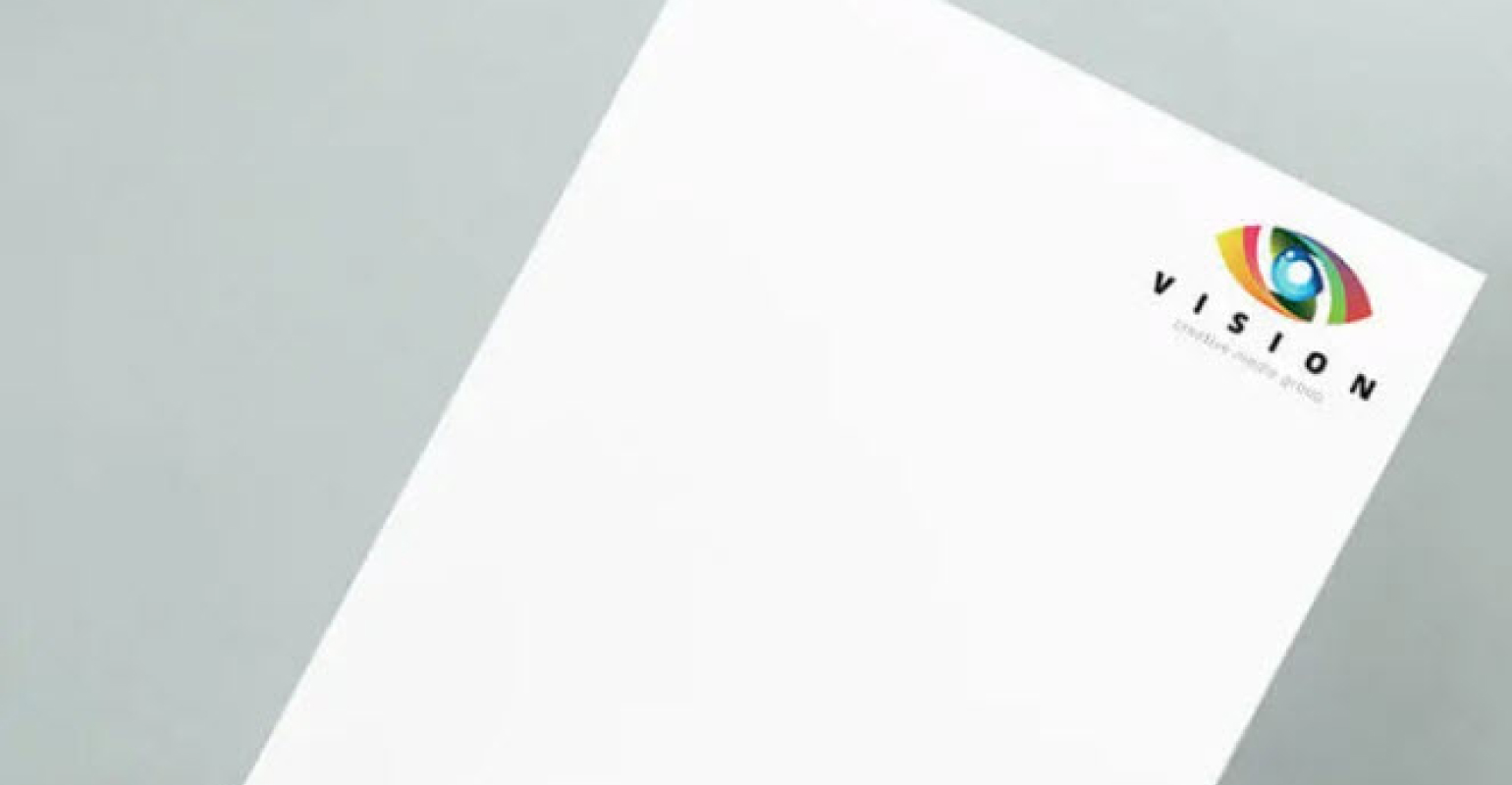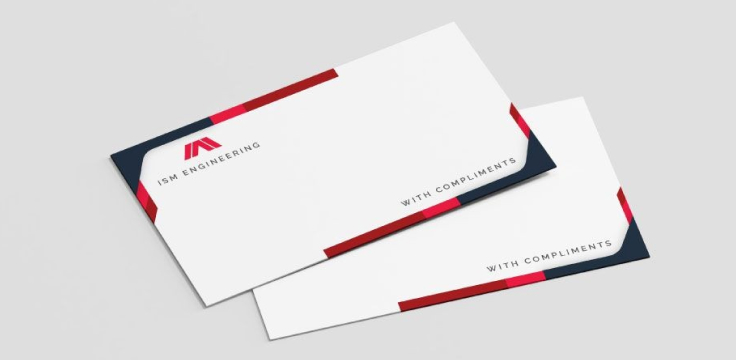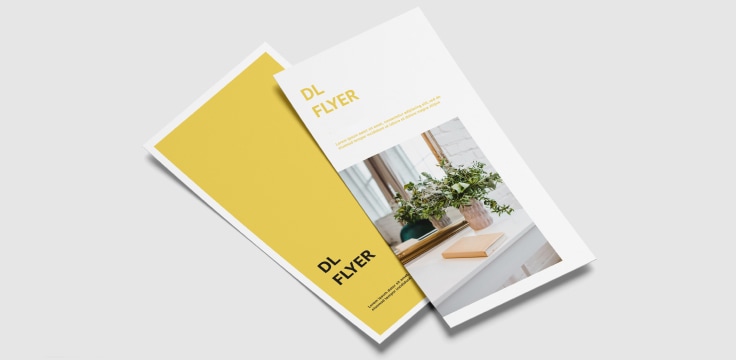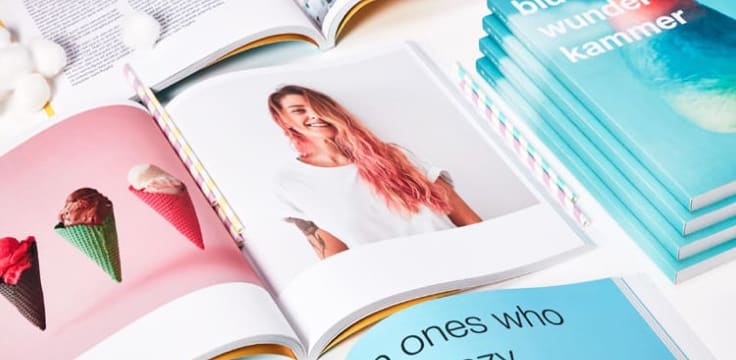Product features and options:
- Available in pantone (PMS) or four-colour printing.
- Standardised A4 (210mm x 297mm) finished dimensions.
- Laser print compatible stocks.
- Design and typesetting services available to ensure you get the best result, even if you don’t have access to design resources.
- Choose from a variety of paper stocks and sizes.


 1300 663 120
1300 663 120

